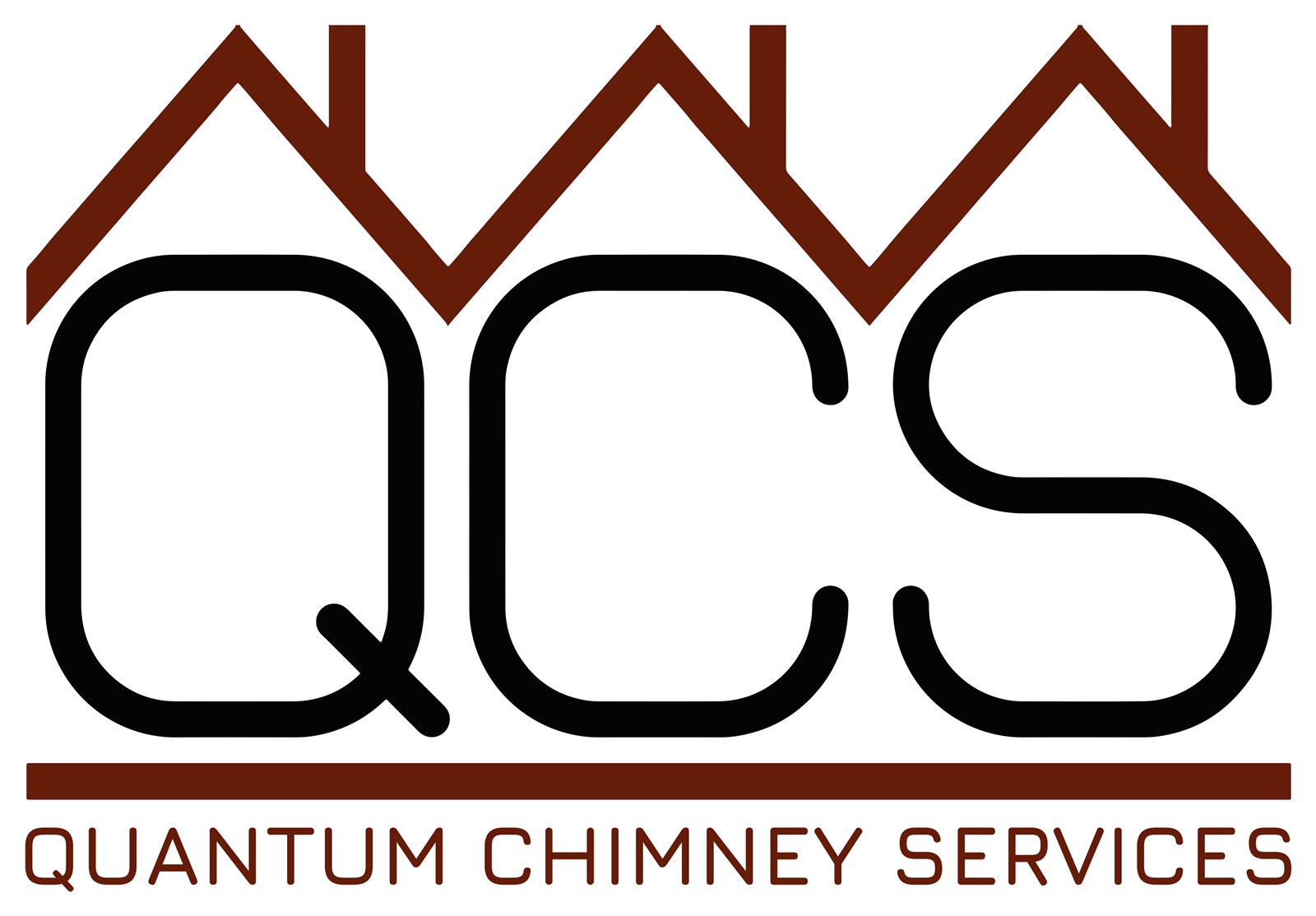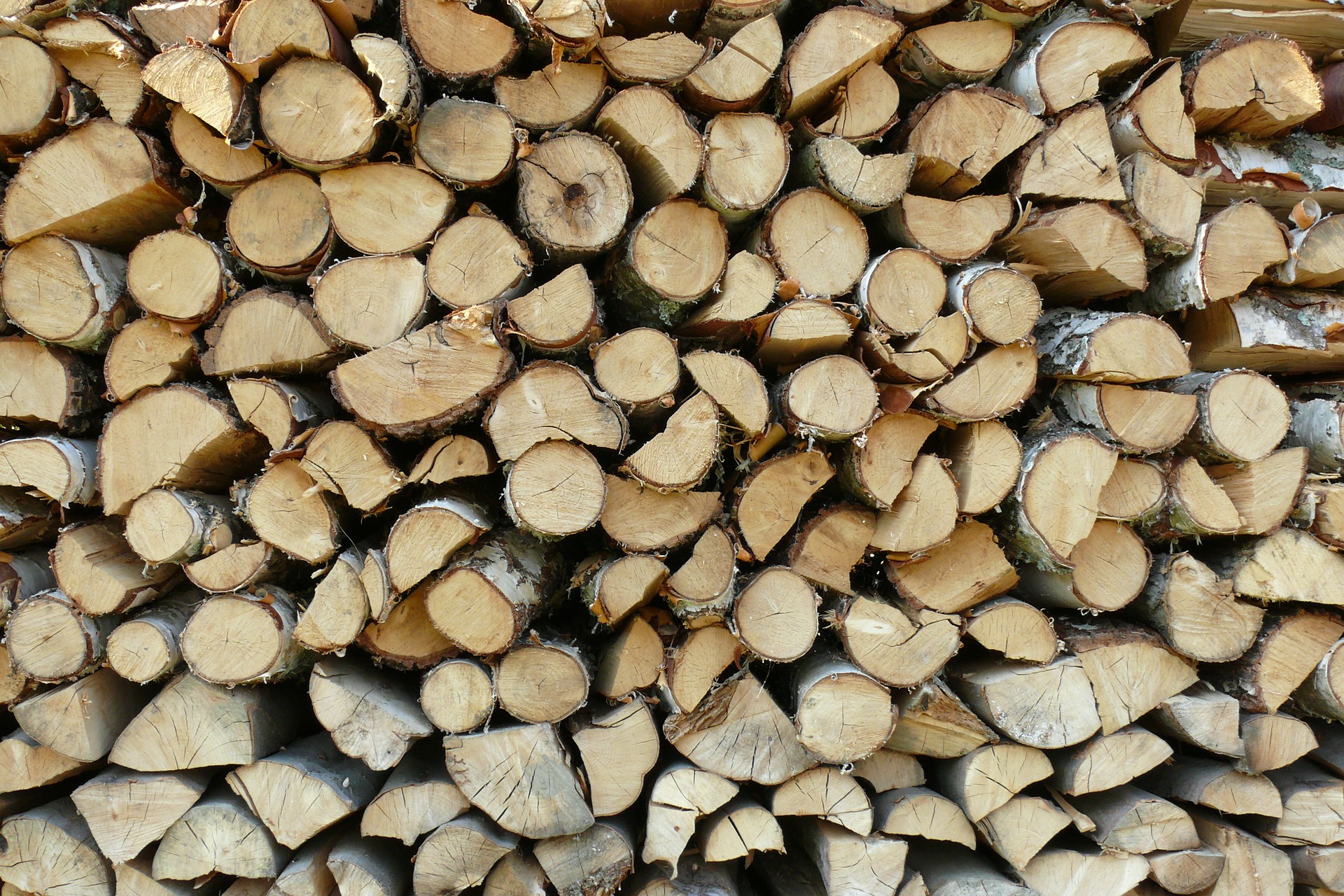Before you consider installing or using a wood burning stove or an open fire, you need to think hard about what is the correct fuel for your appliance, how can you correctly store it and then how is it best used. If you can implement the answers to these questions then you are going to enjoy an appliance that is a good heat source, reduce harmful emissions to atmosphere and likely save yourself a lot of money in the long term from both the need to purchase large volumes of fuel and the potential maintenance costs to your stove, open fire, chimney or flue.
In this article we will address three areas:
- storing fuel;
- selecting fuel;
- how to operate your appliance
We hope by the end you will be confident in correctly selecting and sourcing the best fuels for your appliance, storing them correctly so as not to hinder their usage and knowing how to best operate your particular appliance for maximum efficiency and longevity. Although more tailored to those with a wood burning or multi-fuel stove, the same principals are vital for those with open fires.

Where and how to store fuel
All too often we visit properties where a homeowner has purchased good quality fuels but are storing these fuels incorrectly, effectively nullifying the quality and usability. Before purchasing any fuel, it is imperative to consider where are and how it will be stored.
If you are going to store your fuel outside of the home, all fuel should be stored in a dry and ventilated location, not exposed to prevailing weather or to the risk of rain or water. If you do not have space in a shed or garage, you may need to construct a purpose built shelter that will allow the fuel to be stored in the condition it was purchased. Why would you spend potentially hundreds of pounds on kiln dry wood for instance, to just leave it exposed to the elements unprotected against the side of a shed or fence?
The location of any store in relation to how you will move it into the property for use also needs to be considered; building a shelter at the end of a garden resulting in the need to move the fuel when purchased to the shelter then back to the property is not always practical, especially for those who may struggle with lifting and mobility issues.
The size of the storage area also needs consideration. If you are just purchasing fuel for a given seasons usage, the size of the storage required may be considerably less, for example, than someone who purchases unseasoned wood and stores the fuel in a 3 year cycle to allow the fuel to correctly season and reduce the moisture content.
If you have the room to store fuel internally, again, the location is key. It is not permissible under any circumstances to be storing fuel in the void between a fire opening and your appliance such as a wood burning stove. However, converting that unused bookshelf adjacent to the chimney breast may prove to be an ideal location.
Please note also, that placing fuel around your appliance to ‘dry it out’ because it has been incorrectly stored is also not acceptable.
Poor fuel storage equals poor quality fuel which in turn is likely to:
• cause reduced heat output from your appliance as the fire wastes valuable energy burning off excess moisture.
• increase harmful emissions to atmosphere.
• increase the risk of bituminous deposits forming in a flue system, as the flue gas velocity and flue gas temperatures are reduced, leading to an increased fire risk.
• Lead to increased maintenance costs for the stove, open fire, chimney and flue system.

Selecting the correct fuel
Although it may seem obvious to the majority of people what type of fuel they need to purchase to use with their appliance, the number of people who actually purchase incorrect fuel types for their specific stove or appliance and then experience issues is surprising.
The importance of using the correct fuels and good quality fuels cannot be underestimated. If using an enclosed solid fuel appliance, such as a wood burning stove, or multi-fuel appliance, it is essential you read the manufacturers usage and operating instructions, where it will be clearly defined what specific fuels may be used with the particular appliance. It is vital, for the safe and correct working of the appliance and to reduce invalidating any warranties that these specified fuels are used.
Once you know what fuels may or may not be used, it is then important to only use good quality fuels. Good quality fuel doesn’t mean the most expensive. For instance, if using a wood burning appliance, you could choose to purchase kiln dried wood with a guaranteed moisture content below 20%. Equally however, if you have the correct storage facilities in place and plan for the future, you could purchase unseasoned or part seasoned hardwoods and season this for several years yourself to give a good quality end fuel.
You should never burn any fuel that isn’t specified or may release harmful toxins. For example, burning the offcuts of treated timber, plywood or MDF will release many toxic gases that could cause serious health consequences, not to mention the potentially corrosive impact it may have on an appliance or fuel system. Your solid fuel appliance is not a furnace to get rid of any unwanted papers or rubbish.

The risks associated with using poor or incorrect fuel include:
• Reduced heat output;
• Invalidating manufacturer product guarantees;
• Production of excessive volumes of products of combustion;
• Release of harmful toxins or gases;
• Risk of damage to appliance or flue system;
• Increased fire risk to property through build-up of ignitable by-products in the chimney or flue.

Remember the following:
- Check the specified fuel type in any associated manufacturers literature.
- Only use the specified fuel type.
- Purchase good quality fuel types.
- Do not burn any products which may release harmful toxins or gases

Correctly operating your stove or appliance
Once you have purchased the correct good quality fuels for your solid fuel appliance and have the perfect environment in which to store them, how you then use your appliance will greatly affect the heat output, fuel consumption rate, release of emissions to atmosphere and the potential damage that can be caused to an appliance, flue or chimney.
Unfortunately, one of the most common causes of issues such as smoke coming back into a room, poor up-draught, high-rates of fuel consumption and lack of heat output we are asked to assess, inspect, identify and rectify is poor appliance operation.
Every enclosed appliance (wood burning or multi-fuel stove) will have a user manual which will state how an appliance is to be operated. If you are having a new installation, as part of the commissioning process the installer is required to go through the user manual and explain to the client how the appliance is to be operated. If you purchase a property with existing appliances, you should request the user manuals, or at the very least, obtain the relevant documentation for the installation which will detail the make and model of the appliance. If no user manual is available, you will be able to obtain a copy online or from the manufacturer directly.
It is imperative that before you light any fuel in your appliance, you have a good understanding of all the specific controls (primary air controls, secondary air controls, how the door latch works, how to empty ash pan etc.) and functions associated with your individual stove. Even if you have lived with and used other wood burning or multi-fuel appliances for many years, every appliance manufacturer will provide instructions specific for the given appliance that it is key to follow.
Below we have gone through common poor operational practices and the potential issues they can cause.

1. Overloading fuel into the appliance
Common Indicators:
• Cracked door glass
• Door not sealing to body of appliance.
• Damaged firebricks and baffle plate.
Potential Issues
- Can damage internal components of the appliance. Can cause excessive heat to the appliance which can lead to warping.
- Increased fuel consumption

2. Slow-burning / slumbering of fire
Common indicators
• Door glass badly discoloured.
• Large unburnt fuel pieces in appliance.
• Large ash content in appliance.
Potential Issues
• Incomplete combustion of fuels leads to greater emissions to atmosphere.
• It causes an increase build-up of deposits in the chimney or flue system which is a potential fire risk.
• A build-up of deposits restricts the flue dimensions which in turn can lead to smoke spillage into the room, poor heat output and increased maintenance and repair costs.
• Increased risk of carbon monoxide being produced during incomplete combustion.

3. Over-firing of appliance
Common Indicators:
- Damaged baffle plate
- Door not sealing correctly
- Appliance not gas tight
Potential Issues:
• Increased fuel consumption.
• Can cause appliance to warp and permanently damage the body of the appliance. This in turn could cause carbon monoxide or smoke to spill into the room itself.
• Increased risk of harm to occupants if touching the appliance

4. Using appliance with door open when not designed for this function
Common indicators:
• Smoke staining to walls or fire surround.
• Door glass discoloured.
Potential Issues:
- Increased risk of smoke and carbon monoxide spilling into the room.
- It causes an increase build-up of deposits in the chimney or flue system which is a potential fire risk.
Conclusions
Like owning and driving a car, if you use the poor fuels, the wrong fuels and do not know where the relevant controls are you are potentially putting yourself and others at great risk of both harm and injury or incurring large costs to rectify problems.
Owning and using any solid fuel appliance is no different. You cannot simply light a fire without any thought for the quality or type of fuel you are burning, or without understanding how your appliance best operates. If however, you carefully consider all of the above points, you will likely enjoy a safe working fire in your home for many years, with minimal ongoing maintenance costs and in the knowledge you are reducing potential risks to yourselves and your homes.
If you believe you recognise any of the issues raised above, please contact us for further advice.
Our professional advice services are designed to answer and provide solutions to any issues or queries a wood burning stove, open fire or other solid fuel appliance user may have.




